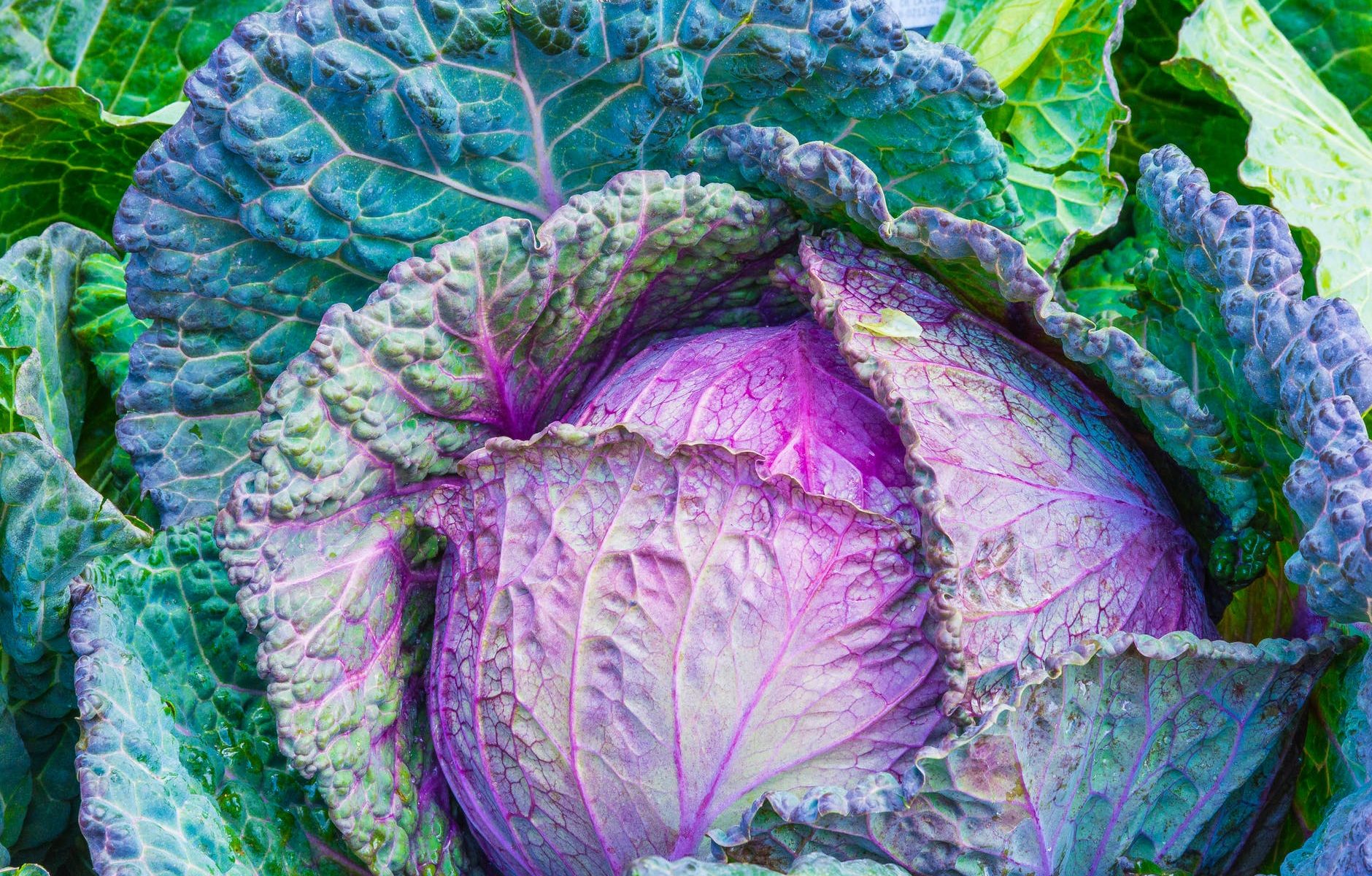New research is coming out daily about the impact of gut health on almost every aspect of human health, from immune function to mood and brain health. A PubMed search for “microbiome” (the term used to describe the collection of 100 trillion bacterial cells that inhabit our bodies) returns over 60,000 results!
Needless to say, our gut bacteria play an important role in our health. and keeping a healthy population and diversity of the right bugs is key to optimal performance in every area of your life.
One of the best ways to support a healthy microbiome is to include both prebiotic and probiotic foods in your diet. Prebiotics are the food that feed the good bacteria. Probiotics are the good bacteria themselves.
Put quite simply, foods high in fiber are good prebiotoics (think fruits and veggies). Examples of probiotic-containing foods include fermented and cultured foods such as kimchi, yogurt, kefir, miso, and the focus of today’s post: sauerkraut.
If you’ve never heard of the microbiome, including gut-healthy foods may feel intimidating to you. But, fear not!
It can be incredibly simple, tasty, and affordable.
While you can purchase your fermented foods at the grocery store, you can save money by making your own ferments at home. An easy place to start is with sauerkraut.
Below is a basic recipe from which you can create many variations!
Simple Sauerkraut
Ingredients
- 1 large head green or red cabbage
- 1/8 cup sea salt
- Water
Directions
- Cut the cabbage in quarters, cut out the stem, slice finely, and place into medium bowl.
- Sprinkle the salt over the cabbage.
- Squeeze the cabbage with your hands until it begins to break down and ‘wilt’.
- The cabbage will eventually begin to release liquid. When this happens, pack the cabbage into a clean Mason jar. Push the cabbage down hard to remove most of the extra space.
- Pour remainder brine from the bowl into the cabbage jar.
- Be sure to submerge the cabbage below the liquid.
- If there is not enough liquid, add salt water until the cabbage is completely covered. To do this, mix 1 cup of water with 1 teaspoon sea salt.
- LOOSELY place the cap on the mason jar, but do not tighten it.
- Keep jar at room temperature, out of direct sunlight. (e.g. on a counter top).
- For the first few days, check on the cabbage and add extra liquid to keep the cabbage submerged. A bit of white foaminess is normal. However, be on the lookout for anything that looks or smells moldy.
- Taste the cabbage after 6-7 days. It should be tangy, but will probably still be quite crisp. Speed of fermentation depends on the ambient temperature in your home.
- Ferment your kraut until taste and texture meet your preferences. I like to ferment mine about 10 days. At this point, cap the jar and store in the refriegerator.
- Enjoy a dollop daily with meals!


I wanna try this, but don’t have a glass jar on hand. Can this be made in a large plastic dish, covered? Thanks
Hi Lynne. I highly recommend glass or ceramic jars. Plastic tends to degrade and break down too easily. I try to save glass jars that pass through my kitchen, like salsa jars, pickle jars, and the glass nut butter jars, so I have them on hand for this very reason. Enjoy your kraut!